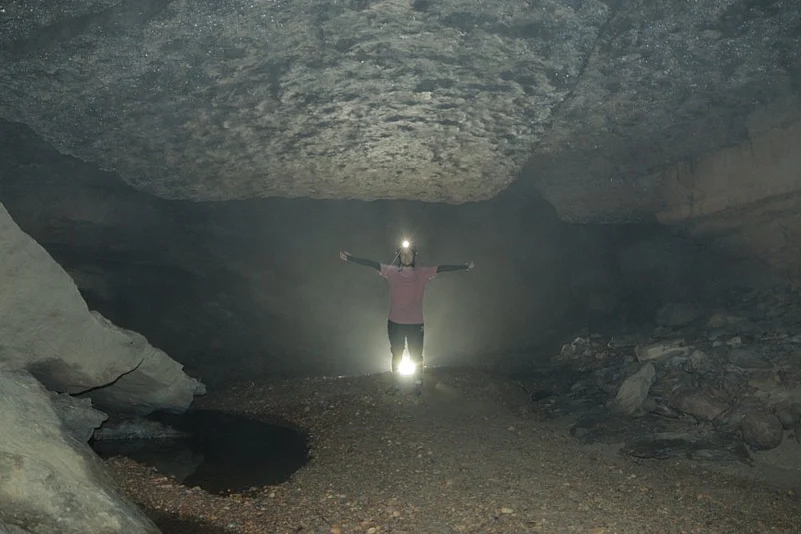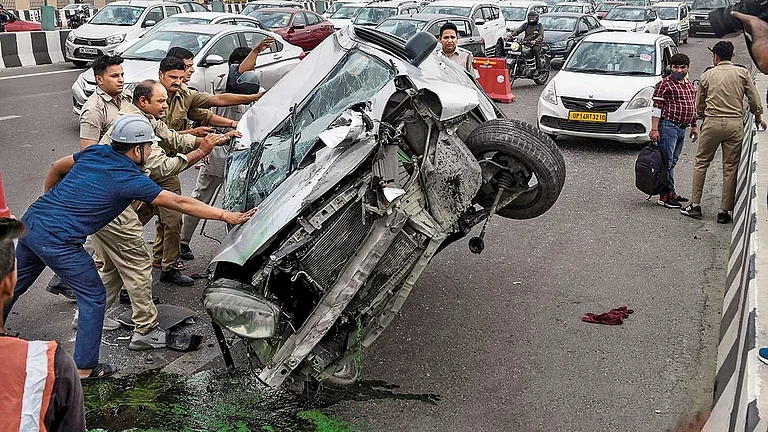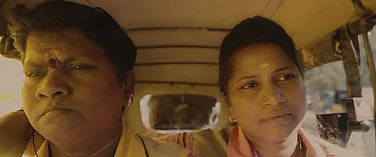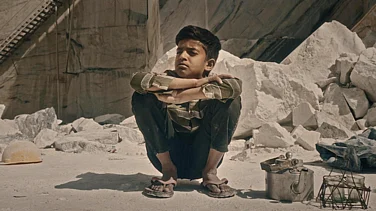
Curated in collaboration with Royal Enfield Social Mission, screened at the Dharamshala International Film Festival are films made by filmmakers from across the eastern and western Himalayas.
These three documentary films ponder upon and document the resilience and faith within the relationships between people and nature.
This programme features Shen-Mo’s of Kibber by Sonam Dolma and Zainab Gani Zainab, The Cave Within Me by Banyllashisha Wankhar and Linda Horam & Woven Dreams by Mohammad Arif and Varun Chauva.
This segment of films turns its gaze towards India’s more remote regions, where geography often dictates hardship but rarely defeat. Locals, caught between remoteness and resilience, are reclaiming both livelihood and legacy through acts of quiet innovation. Tourism, technology, and tradition merge to create new economies of dignity. These documentaries center on local communities who refuse surrender, illuminating how survival itself can be an art form. Each film delicately frames its landscape as a living participant—lush, vast, and filled with stories waiting to be told.
Stories from these regions are seldom amplified; filmmaking there is often a struggle against both geography and access. Yet, these three documentaries premiering at the Dharamshala International Film Festival manage to transcend that silence. They bring to light the region’s textured relationship with nature, nurture, and the pursuit of work. Together, they serve as a gentle reminder that extraordinary stories lie in ordinary corners—they simply need to be seen, heard, and honored.
In Shen-Mo’s of Kibber (2025) by Sonam Dolma and Zainab Gani, women from Spiti Valley’s remote Kibber village, once fearful of snow leopards, now protect them. Through the Nature Conservation Foundation, they’ve mastered camera-trapping and species-tracking, balancing ecological stewardship with financial independence. Nature here becomes both adversary and ally, reflecting human resilience. The film captures the transformative power of coexistence: the fear slowly turns to familiarity and transforms into a mutually beneficial exchange of love. Against the sublime quiet of Spiti, every rustle of wind and distant animal call fills in for music, drawing the audience into a landscape that breathes with its own rhythm. The women emerge as entrepreneurs of empathy, living proof that strength is not a gift but a decision. The directors spoke about allowing their documentary to carve out its own organic trajectory, for life and storytelling evolve as one spends more time with their film. They emphasised the importance of spending time with different communities and being keen observers to discover stories that are simultaneously unfolding all the time.
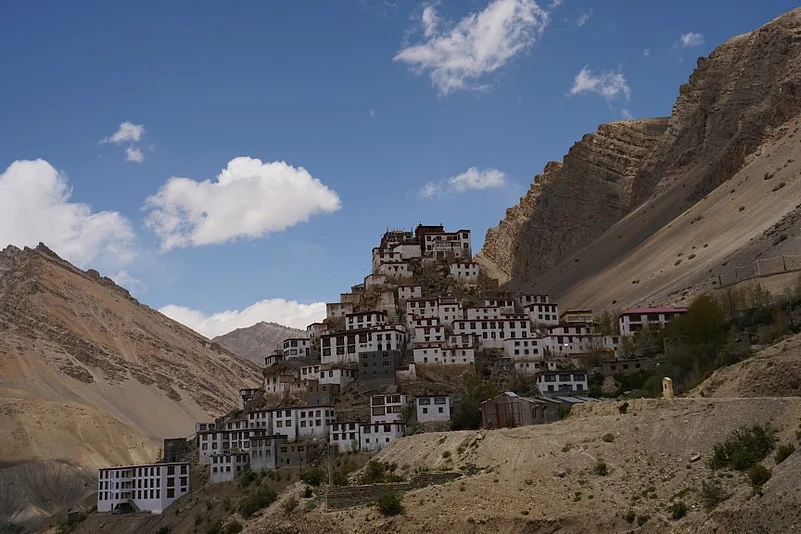
The Cave Within Me (2025) by Banyllashisha Wankhar journeys deep into the East Khasi Hills of Meghalaya, where the filmmaker, once a caving guide, evolves into a custodian of subterranean life. Her transition from explorer to conservationist transforms the cave itself into a metaphor for self-discovery. The film’s emotional pulse lies in its portrait of her bond with her father, who wishes for her freedom and has unconditional faith in her. As she leads visitors through the dimly lit caverns, tracing the veins of the earth with her fingertips, she teaches reverence for what lies beneath. The cave becomes both workplace and womb, holding the stories of generations who’ve learned to live with nature rather than fight it. It’s a film about immovable faith—the kind that exists between humans and nature, and between a daughter and her father.
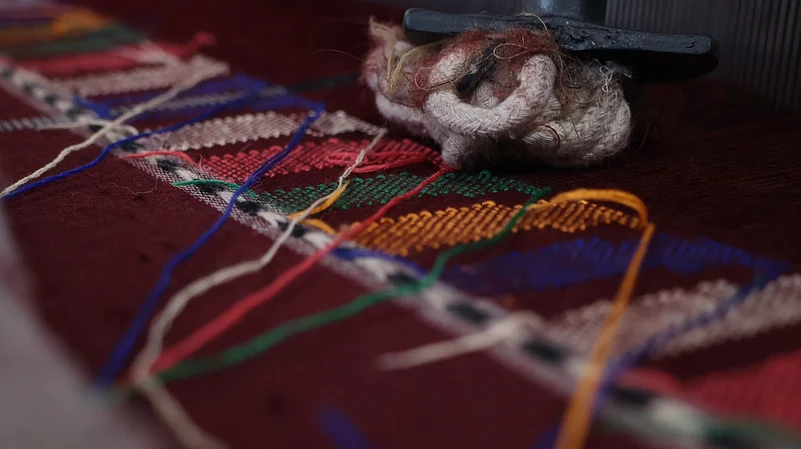
Finally, Woven Dreams (2025) by Mohammad Arif and Varun Chauva chronicles the rise of Looms of Ladakh, a women-led cooperative. Through the rhythmic interlacing of wool, these women forge solidarity, skill, and identity. The film’s rustic charm lies in its smiling faces, clattering looms, conversations about money earned and self-worth regained. As they knit and weave, they also build an ecosystem where leadership is not imposed but grown organically from shared experience and decision making. The directors, fond of discovering and listening to folk, jazz and rock music, allow the film’s soundscape to complement the women’s colorful inner worlds. Each woman carries her story in the texture of the fabric she weaves. The collective aims not just to sell luxury, but to redefine it: sustainability as sophistication and craftsmanship as generational legacy. “It is not women empowerment anymore, it is women-led development,” feels like the perfect closing statement.
Together, these films create a cinematic tapestry of endurance and evolution. They document people who’ve learned that survival is not about defiance alone, but about dialogue—with the land, with history, and with each other. What these filmmakers achieve is sheer sincerity, proving that storytelling, unlike like the mountains and valleys, doesn’t need grandeur to move you; it needs truth and those willing to witness it.







